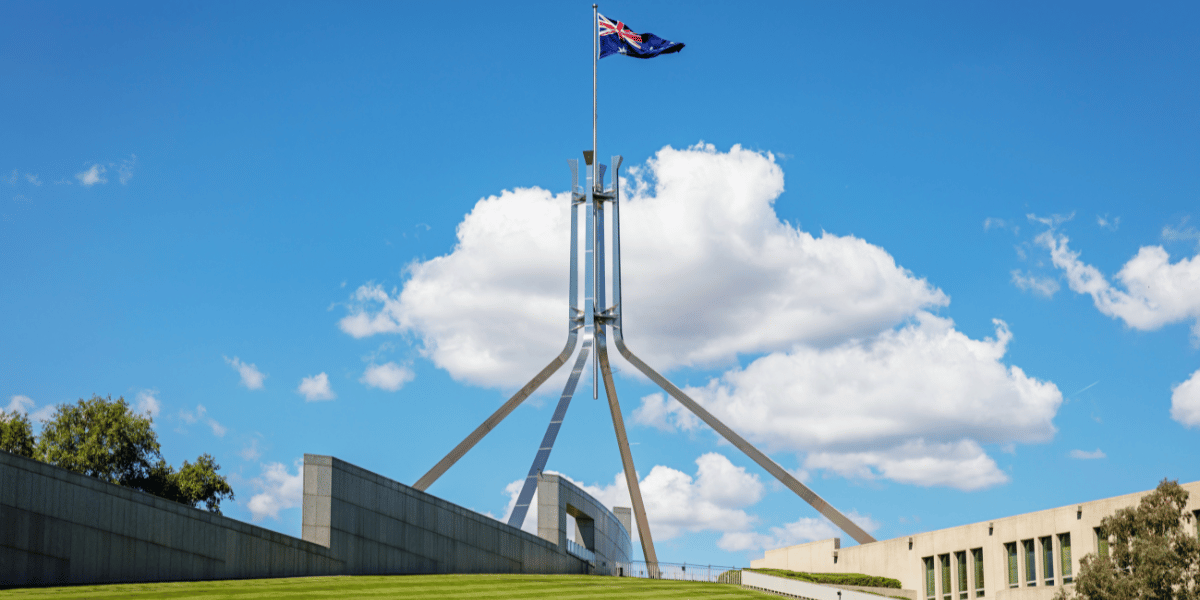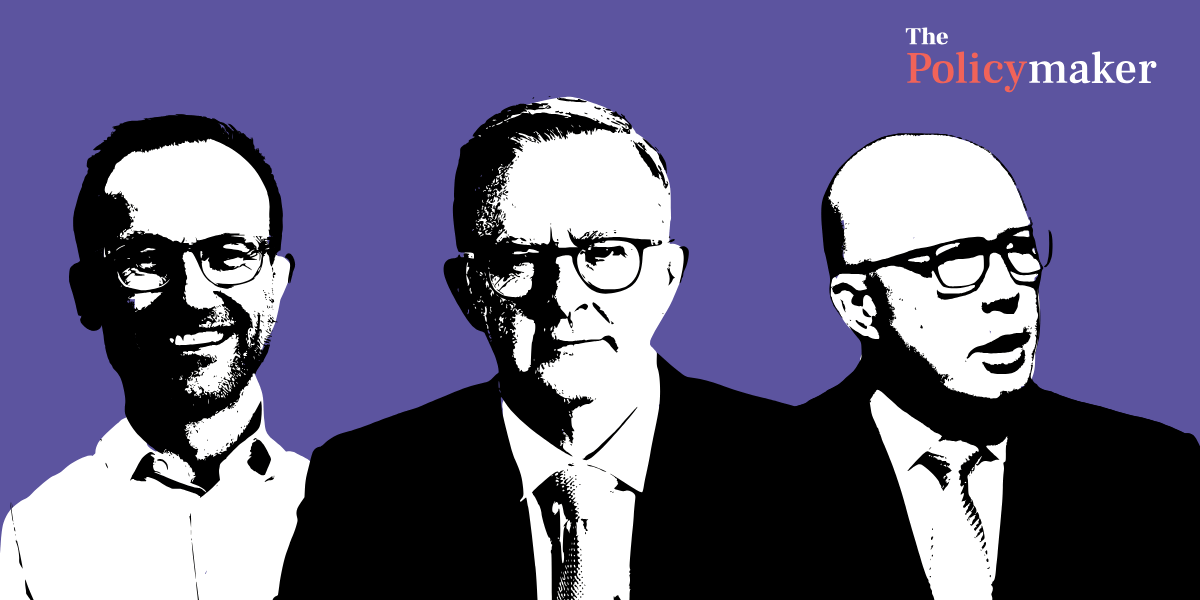5 August 2024
The cost of living is the top electoral issue on Australians’ minds. This is no surprise: inflation has been above or equal to the RBA’s target (2 to 3 per cent) in all measurements since April 2021, with the FY23 rate being 6.0 per cent. Behind the figures, of course, are millions of Australians finding it difficult to get by – and it’s affecting their broader wellbeing.
But what should governments prioritise to address this: growing the economy to lift incomes across the population, reducing inequality to lift the lowest incomes, or driving down the cost of living? Globally and historically, politicians and economists have concentrated on the first two options. However, recent research to which I contributed shows that affordability is crucial in wealthier countries, and I discuss here how Australian governments (alongside the private sector) can help.
Defining and measuring economic empowerment
While less than 1 per cent of Australians are below the World Bank’s poverty lines, this is a measure of mere survival – not empowerment to improve one’s life. People at the poverty line are typically stuck, unable to invest in education, health or goods that would help increase their incomes, unable to make meaningful economic choices (e.g., where they live), and unable to save (to prevent falling back into poverty).
Therefore, the McKinsey Global Institute (MGI) built on development economics literature to define a new concept, “economic empowerment”, and a corresponding measure, the “empowerment line” – the cost of a basket of essential goods and services in a given country. Though still living frugally, “empowered” people can do more than just survive. MGI calculated the empowerment line in each country based on granular cost data, and the proportion of people above the line using consumption and distribution data.
Australia’s was found to have around 80 per cent of its population above the empowerment line. This leaves over 5 million people below – a problem of significant scale. By comparison, only around 40 per cent of the global population is above the empowerment line.
Disaggregating the drivers of economic empowerment, and understanding the role of high costs
Across countries, empowerment outcomes generally increase with wealth. But this trend breaks down for high-income countries, where GDP per capita does not strongly correlate with the share of the population above the empowerment line. Countries at around USD 20,000 have similar shares to countries above USD 100,000 (around 80 per cent). The research found that, statistically, variation in empowerment outcomes across high-income countries is driven mostly by affordability and equality, and less so by wealth.
This means that to increase empowerment outcomes in high-income countries like Australia, pursuing economic growth at the exclusion of affordability and inequality may be ineffective. Instead, we need to address affordability and inequality alongside growth; here I will focus on the former.
For high-income countries, an incremental $100 of GDP per capita corresponds with an additional $18 of consumption by a household around the empowerment line. But the incremental $100 also corresponds to a higher cost of essentials – and it turns out the additional cost is around $18. That is, the additional consumption from growth is entirely offset by the increased cost, for low-income households.
By contrast, high-income households also face the $18 cost increase, but this is outweighed by their greater income increase (around $45). Another difference between high- and low-income households is that prices for some basic goods and services (e.g., housing) seem to increase faster than CPI, disproportionately impacting those with lower incomes (as a higher share of their spending is on these essentials).
This explains how empowerment levels stop climbing with national wealth: “struggling households benefit from higher incomes only when those gains translate into greater purchasing power”, which is not the case for some households in Australia.
What can Australian governments do?
Across high-income countries, the gap between the highest and lowest proportions of the population above the empowerment line is around 20 percentage points. This means that some countries do significantly better than others – and gives confidence that Australia can increase empowerment. But how?
First, the focus should be on housing. In high-income countries, by far the biggest cost in the empowerment basket is housing; next are transport, healthcare and food. Factors that drive housing costs include the population size, average household sizes, use of property for investment and short-term rentals, and housing quality standards, on the demand side; and regulation (e.g., zoning, approvals), financing, interest rates, the construction labour market, productivity, materials supply chains, and local opposition to new developments, on the supply side. Some Australian governments are currently considering or enacting measures to address these drivers.
Second, some broad mechanisms available to policymakers to improve affordability for low-income households (both for housing and other essentials) include:
- Directly providing essentials for free or below market prices (e.g., public housing, healthcare, schools and transport) – and innovating in production or delivery to provide them with better quality and/or lower prices (e.g., using digital and AI approaches).
- Subsidising essentials (e.g., energy rebates).
- Changing unhelpful regulation (e.g., property zoning).
- Increasing competition and preventing price gouging (e.g., Senate Select Committee on Supermarket Prices).
- Increasing trade openness to decrease the cost of imported goods (e.g., Australia-India Economic Cooperation and Trade Agreement (ECTA)).
Third, governments can partner with the private sector to improve affordability (as well as with non-profits, social enterprises and cooperatives). Businesses can reduce production costs and pass the savings onto consumers, innovate to create goods and services targeted to low-income households (e.g., telco or banking services in regional areas), and provide essentials to employees and their families for free or at a subsidised price (e.g., childcare, transport to and from work, food and health insurance). Employers are well placed to do the latter because they can buy in bulk, they can target the essentials to a relatively homogeneous employee population (which, e.g., mostly lives in a local area), and because supporting employees can benefit their business. (Of course, the private sector also has a role in increasing incomes and distributing them equitably, but that is not the focus of this article.)
Although each of the above roles is best suited to businesses, governments can help them. One overarching approach is to catalyse and coordinate stakeholders to work together on specific affordability goals – a “mission” approach. Governments adopting mission approaches could, for example:
- Initiate coordination across industry (e.g., modular housing).
- Offer incentives (e.g., prizes, tax breaks) for innovation and for serving low-income households.
- Provide cheap financing for companies addressing affordability challenges (e.g., loans, co-investment) – as discussed in a recent contribution to The Policymaker.
- Guarantee producers bulk procurement of essentials for low-income households, providing certainty for industry to invest in their production.
- Provide education (e.g., free TAFE courses) or common infrastructure (e.g., transport, communications and data) to boost productivity.
- Manage regulation and policy settings to increase productivity and innovation.
Australia won’t be able to empower its whole population by lifting incomes alone. We must also address the cost of living, alongside managing inequality. Governments should take direct actions to do so, and work with the private sector for greater impact.
Dr Daniel Tracey is a Senior Policy Analyst and Head of Data & Analytics at JMI. He was previously an Associate at McKinsey & Company, where he contributed to the research and analysis for MGI’s report, and before that completed a DPhil in Theoretical & Computational Chemistry at the University of Oxford. His work and interests focus on the use of data and analytics in topics of public and social value.
In this article, all interpretations and opinions are his own, and not those of MGI.
Image credit: da-kuk from Getty Images
Features
Libby Hackett, Jordan Ward, Jack Isherwood, Bonnie Bley, Hannah Lobb, Isabella Whealing and Hugh Piper
Subscribe to The Policymaker
Explore more articles
Libby Hackett, Jordan Ward, Jack Isherwood, Bonnie Bley, Hannah Lobb, Isabella Whealing and Hugh Piper
Features
Libby Hackett, Jordan Ward, Jack Isherwood, Bonnie Bley, Hannah Lobb, Isabella Whealing and Hugh Piper
Explore more articles
Libby Hackett, Jordan Ward, Jack Isherwood, Bonnie Bley, Hannah Lobb, Isabella Whealing and Hugh Piper
Subscribe to The Policymaker








